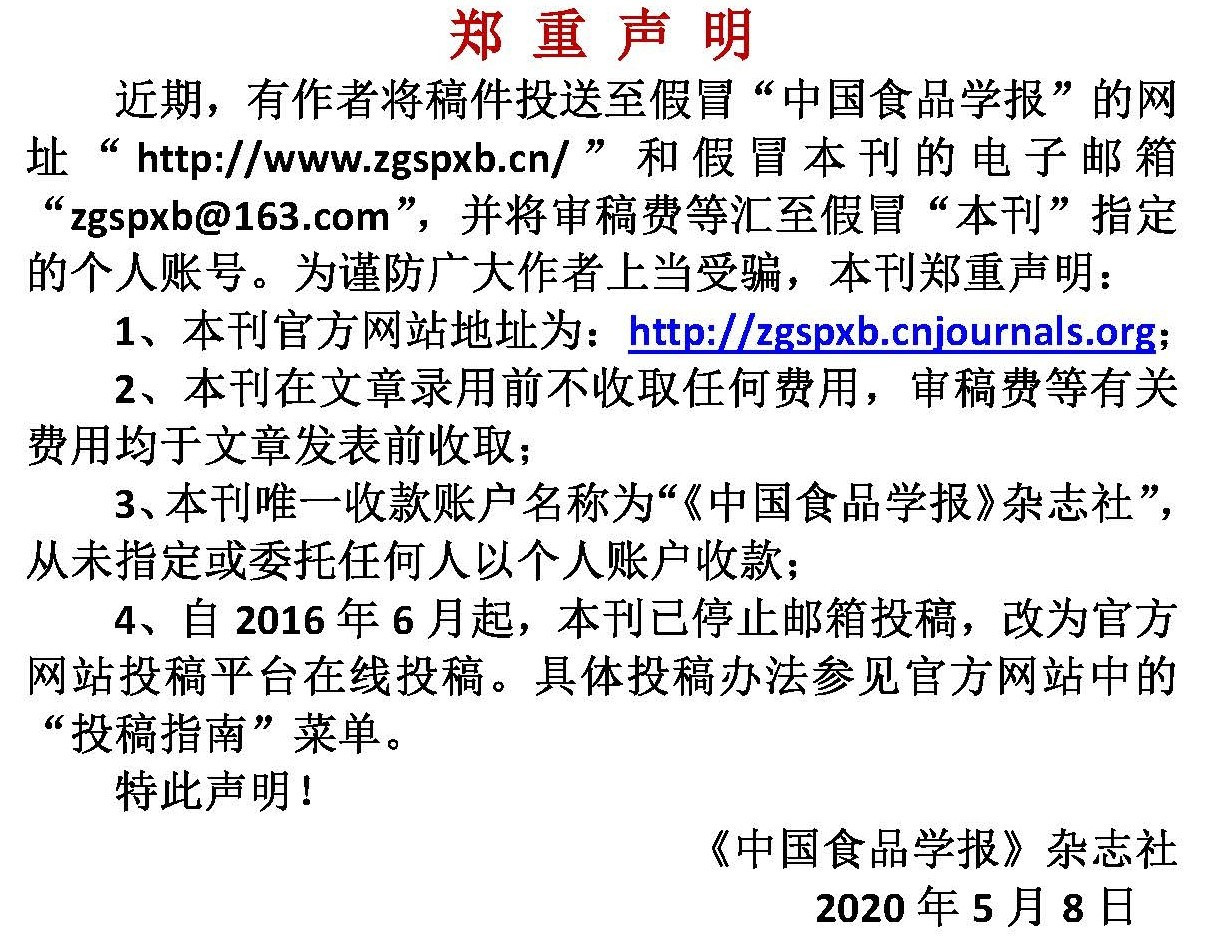(1.林木资源高效生产全国重点实验室 林业食品加工与安全北京市重点实验室北京林业大学生物科学与技术学院 北京 100083;2.林木遗传育种国家重点实验室 国家林业和草原局林木培育重点实验室中国林业科学研究院林业研究所 北京 100091;3.东北林业大学生命科学学院 哈尔滨 150040)
国家重点研发计划项目(2022YFD1000104-03);新疆维吾尔自治区重大科技专项(2022A02009-4)
(1.State Key Laboratory of Efficient Production of Forest Resources, Beijing Key Laboratory of Forest Processing and Safety, College of Biological Sciences and Technology, Beijing Forestry University, Beijing 100083;2.State Key Laboratory of Tree Genetics and Breeding, Key Laboratory of Silviculture of the State Forestry and Grassland Administration, Research Institute of Forestry, Chinese Academy of Forestry, Beijing 100091;3.College of Life Sciences, Northeast Forestry University, Harbin 150040)
引用本文
方圆,苏高雅,王卫雄,白永超,王丰俊,裴东.基于高通量测序技术分析霉变核桃仁真菌多样性[J].中国食品学报,2023,23(8):369-378
复制分享
文章指标
- 点击次数:
- 下载次数:
- HTML阅读次数:
历史
- 收稿日期:2022-10-26
- 最后修改日期:
- 录用日期:
- 在线发布日期: 2023-09-01
- 出版日期:
文章二维码

地址 :北京市海淀区阜成路北三街8号9层 邮政编码 :100048
电话 :010-65223596 65265375 电子邮箱 :chinaspxb@vip.163.com
技术支持:北京勤云科技发展有限公司
